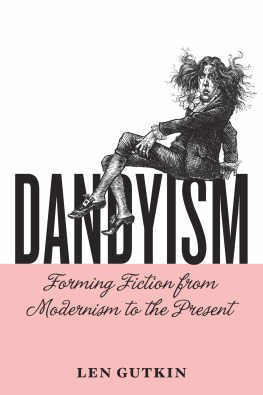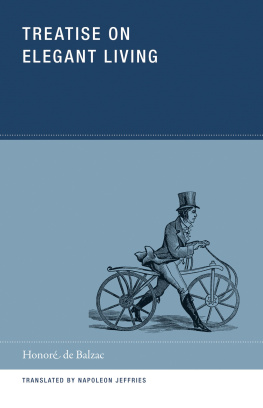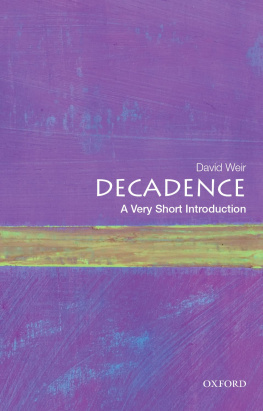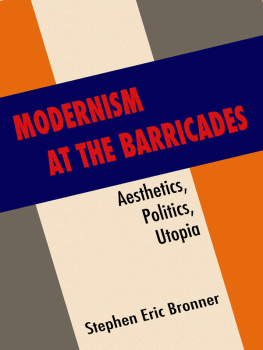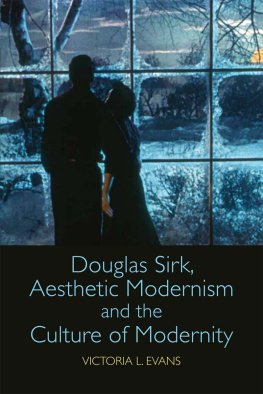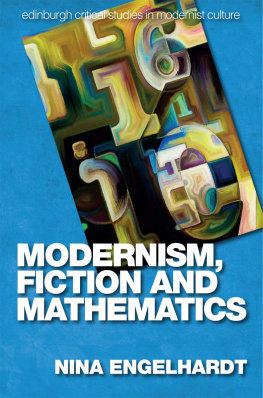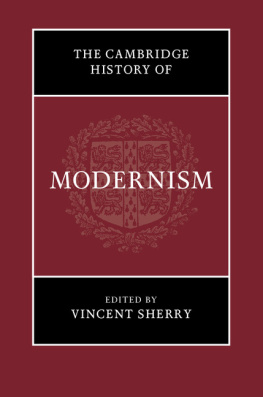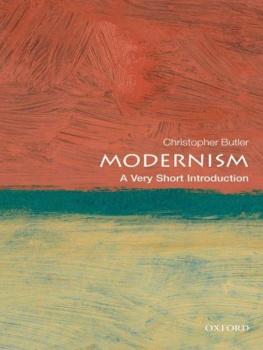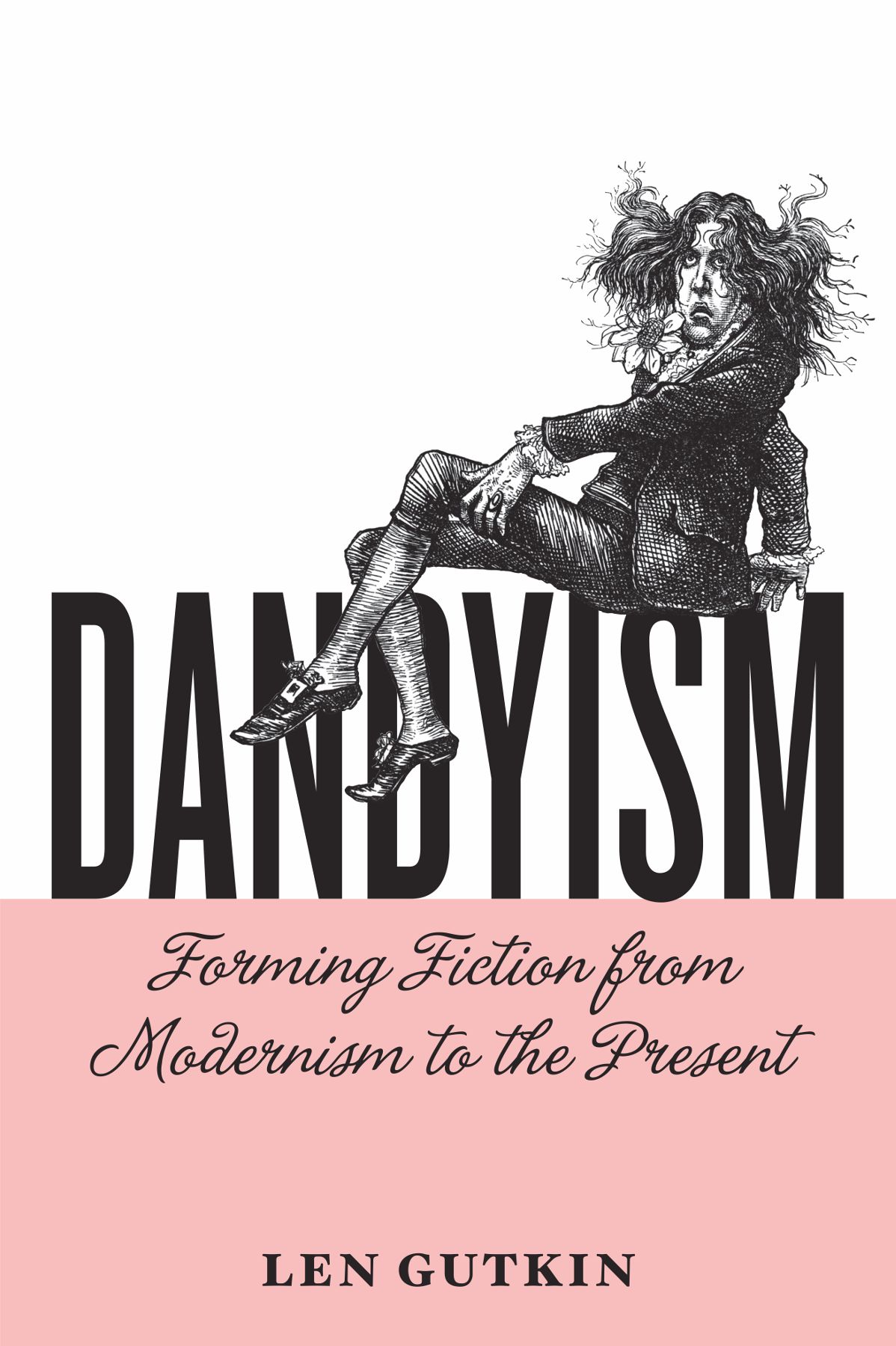
Dandyism
CULTURAL FRAMES, FRAMING CULTURE
Robert Newman, Editor
Justin Neuman, Associate Editor
Dandyism
Forming Fiction from Modernism to the Present
Len Gutkin
UNIVERSITY OF VIRGINIA PRESS
Charlottesville and London
University of Virginia Press
2020 by the Rector and Visitors of the University of Virginia
All rights reserved
First published 2020
ISBN 978-0-8139-4389-3 (hardcover)
ISBN 978-0-8139-4390-9 (paper)
ISBN 978-0-8139-4391-6 (ebook)
Library of Congress Cataloging-in-Publication Data is available for this title.
Cover art: Caricature of Oscar Wilde. (Thomas Nast Science History Images/Alamy Stock Photo)
Contents
I have been thinking about the topics discussed in Dandyism for a long time and have incurred many debts along the way. At Bard College, Deirdre dAlbertiss course on Anglophone modernism planted the seed from which this book grew, and Nancy Leonards literary theory courses were formative. At Yale, coursework with Tanya Agathocleous, Jill Campbell, Wai Chee Dimock, Lanny Hammer, Pericles Lewis, Michael Warner, and Ruth Yeazell shaped the direction of my subsequent work. Anthony Reed alerted me to Lyotards book on dandyism. Paul Grimstad shared his sensitive responses to detective fiction and to William Burroughs. A visit to New Haven from Cathryn Setz taught me much of what I know about Djuna Barnes. I am especially grateful to Amy Hungerford and Katie Trumpener. Their breadth of knowledge, their commitment to argumentative clarity, and their personal encouragement were invaluable.
I cant imagine having enjoyed graduate school more than with Maggie Deli, Anna Dubenko, Merve Emre, Sam Fallon, Edgar Garcia, Matt Hunter, Tom Koenigs, Tessie Prakas, Glyn Salton-Cox, Justin Sider, and Josh Stanley. I owe particular intellectual debts to Justin Sider, Merve Emre, and The Anchor.
At the Harvard Society of Fellows, I benefited particularly from conversationoften very late into the nightwith Alex Bevilacqua, Michaela Bronstein, Stephanie Dick, Marta Figlerowicz, Abhishek Kaicker, Marika Knowles, Jed Lewinsohn, Hannah Walser, Moira Weigel, and Daniel Williams.
I have presented versions of this work at conferences sponsored by the Modernist Studies Association, the American Comparative Literature Association, and the English departments at IndianaBloomington and UMassAmherst, as well as at meetings of the Yale Americanist Colloquium and the Yale British Studies Colloquium. I would like to thank all involved. A compressed version of my second chapter appears as The Dandified Dick: Hardboiled Noir and the Wildean Epigram in ELH 81.4 (Winter 2014): 12991326, copyright 2014 The Johns Hopkins University Press; it is reprinted with permission by Johns Hopkins University Press. A portion of my fourth chapter appears as Djuna Barness Nightwood and Decadent Style in Literature Compass 11.6 (June 2014). And a shorter version of my third chapter appears as Modernist Genre Decadence from H. G. Wells to William S. Burroughs in Affirmations: of the modern 5.1 (Autumn 2017). At the JFK Library, Stephen Plotkin made visits to the Hemingway archive run smoothly. The University of Virginia Presss anonymous readers were diligent, intelligent, and scrupulous; they improved the book immensely.
My family was never less than supportive. And Cori OKeefe was always more than supportive, and still is.
I am deeply indebted to the late Sam See for his attentive reading of portions of this book in its very early phases, and for his friendship. I miss him.
The Dandy in Long Modernism
In different ways, the search was to recover a sense of the numinous in the human depths, including sexuality and aggression, a power which could be tapped through aesthetic presentation.
Charles Taylor , A Secular Age
Surface, surface, surface was all that anyone found meaning in...
Patrick Bateman , in American Psycho
In his afterworld fantasy novel Malign Fiesta (1955), Wyndham Lewis works in a not-so-sly dig at Ernest Hemingways 1927 story collection Men without Women. Lewis is describing the clientele of an all-male hotel in Purgatory: [T]his huge collection of men-with-out-women... were grey flannel-suited, with flowing Byron collars, horticultural lapels, a heavy swaying of the hips, and great sweeping gestures of the arm in order to pat the back of the hair, or to maintain a silk sleeve handkerchief in place. (Lewis was scornfully fond of the men-without formula, as attested also by his 1934 critical collection Men without Art, in which Hemingway is a primary target.) This is a womanless superterrestrial milieu with, as one character puts it, Alfred Lord Douglas thrown in!the masculinist homosociality of the boxers, bullfighters, and soldiers who make up Hemingways men without women and the apparently very different social type of the Victorian dandy, whom Lewis depicts, pejoratively, as homosexual.
Dandyism takes Lewiss cue seriously, as more than just a mischievous challenge to Papas presumptive straightness. In Sartor Resartus (1837), Thomas Carlyle offers an appealingly pithy characterization of the dandy: A Dandy is a Clothes-wearing Man.In the pages that follow, I will return to these six traitsautonomy, coldness, reserve, verbal aggression, culinary connoisseurship, and androgyneityagain and again.
Oscar Wilde, who has supplanted Brummell as the proper name most synonymous with the dandy right up to our own time, united dandyism as a style of personality with the theories of aestheticism developed by Walter Pater and the extravagant decadencethe representation of psychic and aesthetic refinements pushed to the point of pathological perversityoffered in Joris-Karl Huysmanss 1884 novel Rebours. Wilde met Pater while a student at Oxford; he had committed passages of Studies in the History of the Renaissance (1873) to memory.
While in actual use the terms often describe overlapping phenomena, in their general drifts aestheticism tends to describe surfaces and decadence depths. For the dandy, an aestheticist cult of surfaceshis attention to clothes and makeup, to dispositional composure, to fine objets dart, to affective control, to the well-turned phrasecomplements his decadent pursuit of fascinating, messy, and perverse interiority. The aestheticist dandy is continent, clean, well-turned. The decadent dandy,
To set up the binary this strongly is to oversimplify, and caveats are easy to imagine. Corruption is thus the truth of surface beauty, or its complement, or its price.
Dorian articulates a cultural logic that would continue to echo across the fin de sicle through modernism and beyond: the themes of aestheticism and decadence will remain inextricable from representations of queerness. From the Wilde trials onward, the dandy was definitively marked by suspicion of his indeterminate or unspeakable sexuality, which might also be said to constitute his appeal. (In this, the dandy is a queer variation on those earlier figures of charismatic masculine transgression, the rake and the libertine.) The novels of Ronald Firbank probably go further than any other in forging a modernist version of dandiacal form. If one of modernisms projects is a newly energized investigation of the operations of sexuality, it receives its impetus in part from dandyism.
One conventional way of periodizing modernism begins with Baudelaire, from which point of view it is not at all surprising to assert that the dandy is a central modernist figure. Peter Nicholls has linked the dandys aloofness from practical necessities, as discerned by Baudelaire in his essay The Painter of Just so convenient and ready-made is Amorys whole character; he is a dandy by default.
Next page
